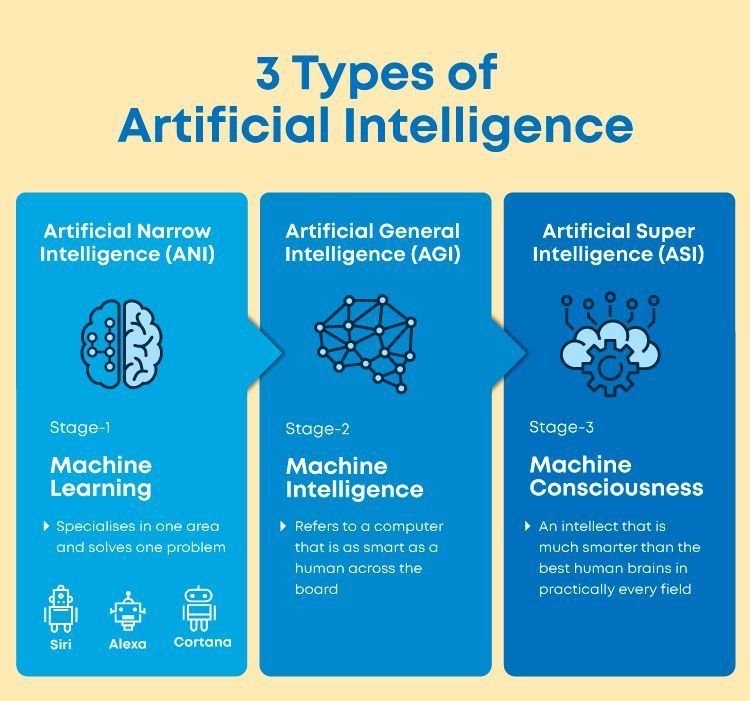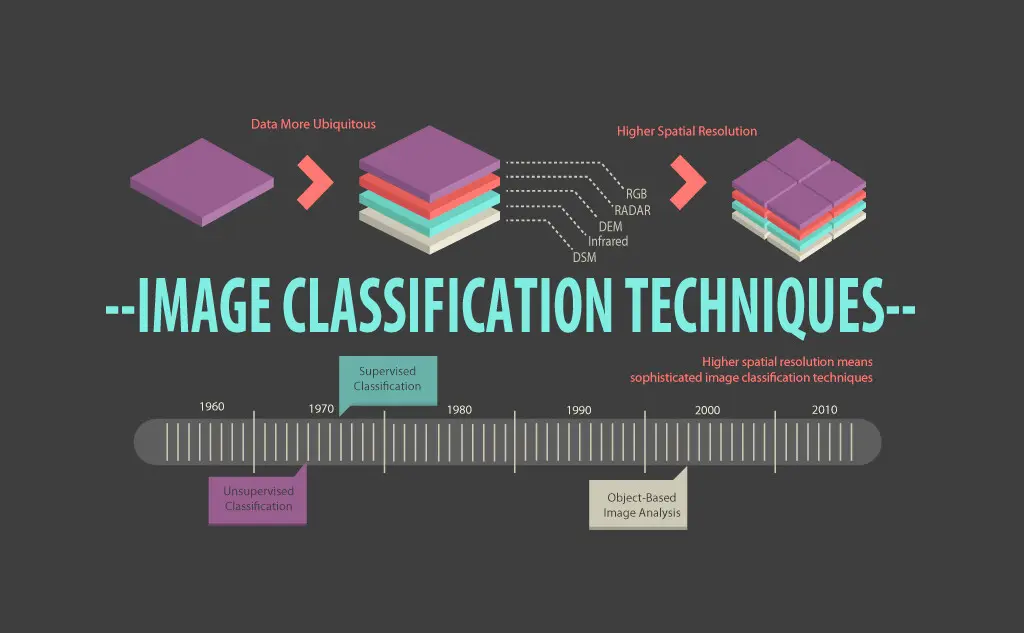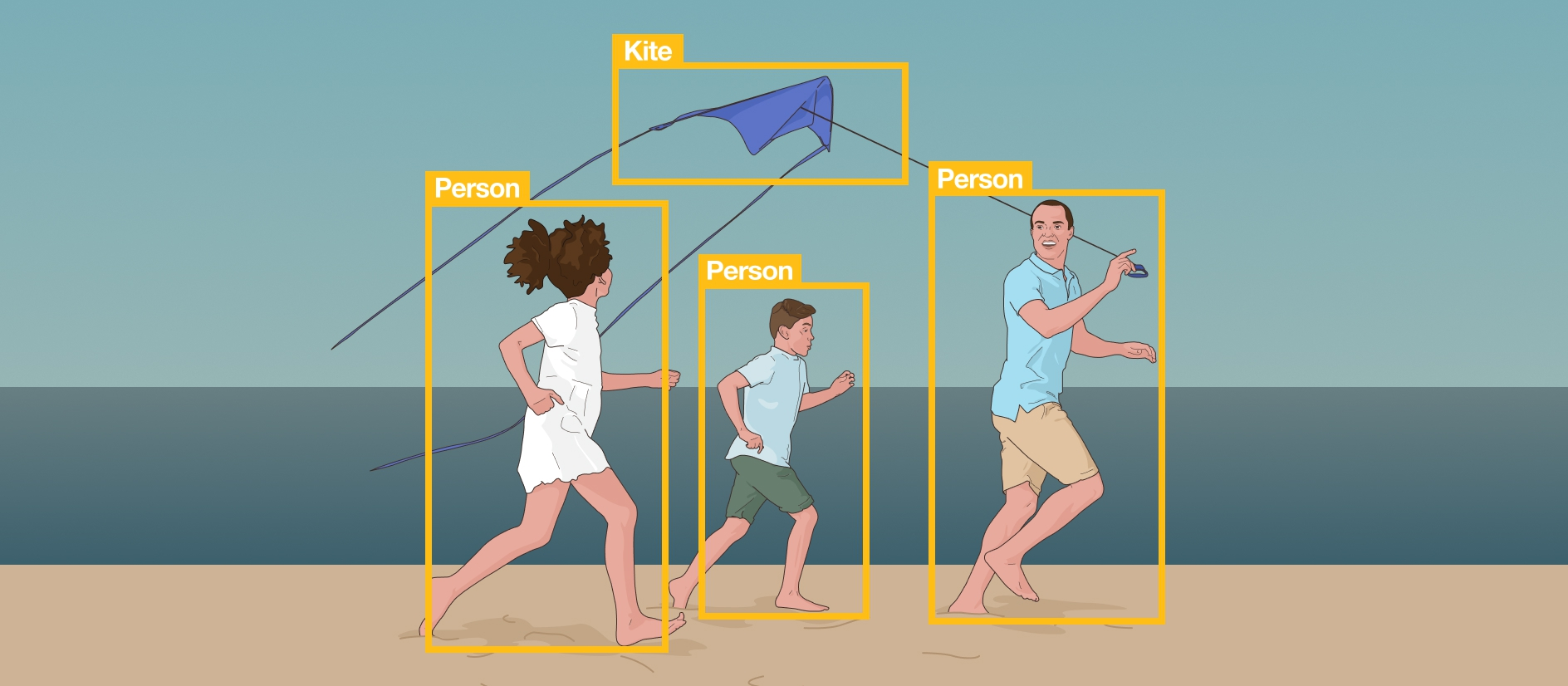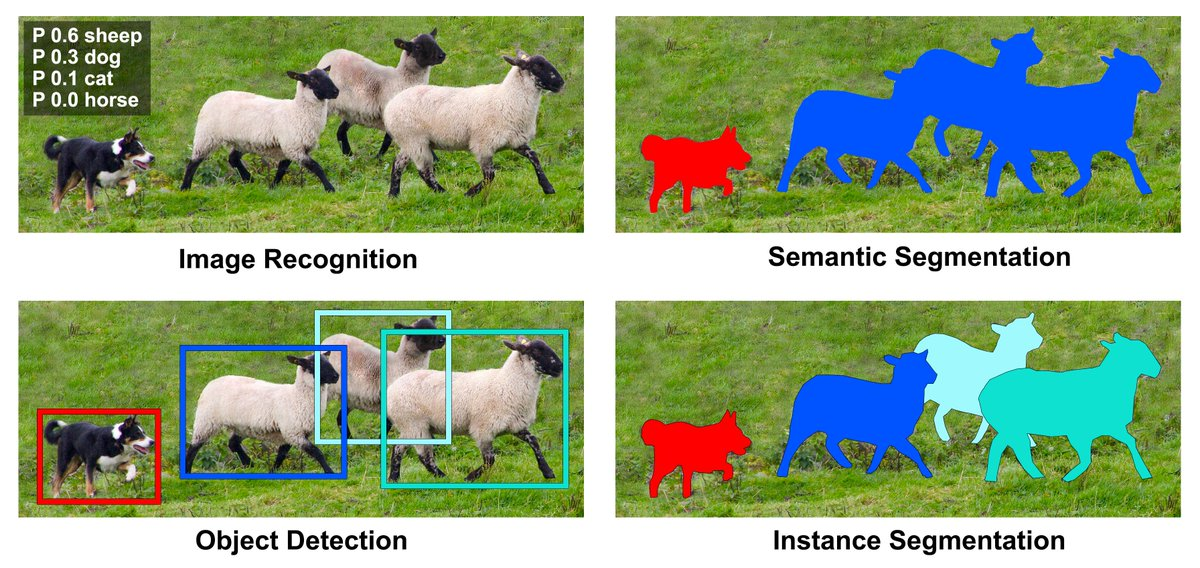Computer Vision detection

Computers gain a high-level understanding of digital images or video by extracting information from images. Machines see images as numbers that represent individual pixels. Whereas humans perceive photos as objects, in a highly visual and intuitive manner.
Using digital images from cameras, videos and deep learning models; machines can accurately identify and classify objects — and then react to what they “see.”
The market for computer vision is anticipated to rise from US$10.9 billion in 2019 to US$17.4 billion by 2024.
The Role of Computer Vision in AI

There has been an extensive study of eyes, neurons, and the brain structures focused on the processing of visual stimuli in both humans and animals. Some of the learning methods developed within computer vision (e.g. neural net and deep learning based image and feature analysis and classification) have their background in biology. Computer vision studies and describes the processes implemented in software and hardware behind artificial vision systems.
Top 6 Computer Vision Techniques
- Image Classification
This is the best-known computer vision technique. Image classification is the process of predicting a specific class, or label, for something that is defined by a set of data points.

- Object Detection
Allows us to identify and locate objects in an image or video. Object detection can be used to count objects in a scene and determine and track their precise locations while accurately labeling them.

- Object Tracking
Object tracking algorithm assigns an ID to each object identified in the image, and in subsequent frames carries across this ID and identify the new position of the same object.

- Semantic Segmentation
Is the process of associating each pixel of an image with a class label, (such as flower, person, road, sky, ocean, or car). Applications include Autonomous driving.

- Instance Segmentation
Associate a class label to each pixel like semantic segmentation, except that it treats multiple objects of the same class as individual objects / separate entities.

- Image reconstruction or restoration
It is a deep learning approach that can fix photos originally taken in low light, grainy or pixilated. It automatically removes the noise by looking at examples of corrupted photos. This method can also be used to enhance MRI images which could change medical imaging, although being tested still.

The Role of Computer Vision in Medicine:

Medical computer vision, or medical image processing has the ability to extract information from image data for patient diagnosis. This can be used to detect tumours, arteriosclerosis or other malignant changes. It can also be used to measure organ dimensions, blood flow etc.
Applications of computer vision also include enhancement of images that are currently interpreted by humans e.g. ultrasonic images or X-ray images. The ability to do this allows for less error in a shorter time frame, making a positive difference to the medical landscape where there are shortages of medically skilled people.
For more Follow me on Medium https://medium.com/@aveshnee7
